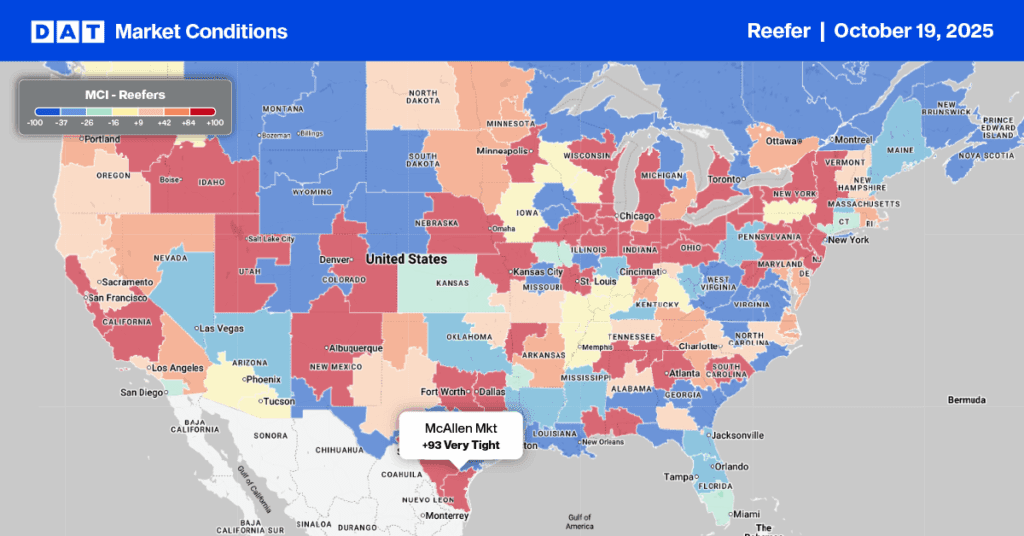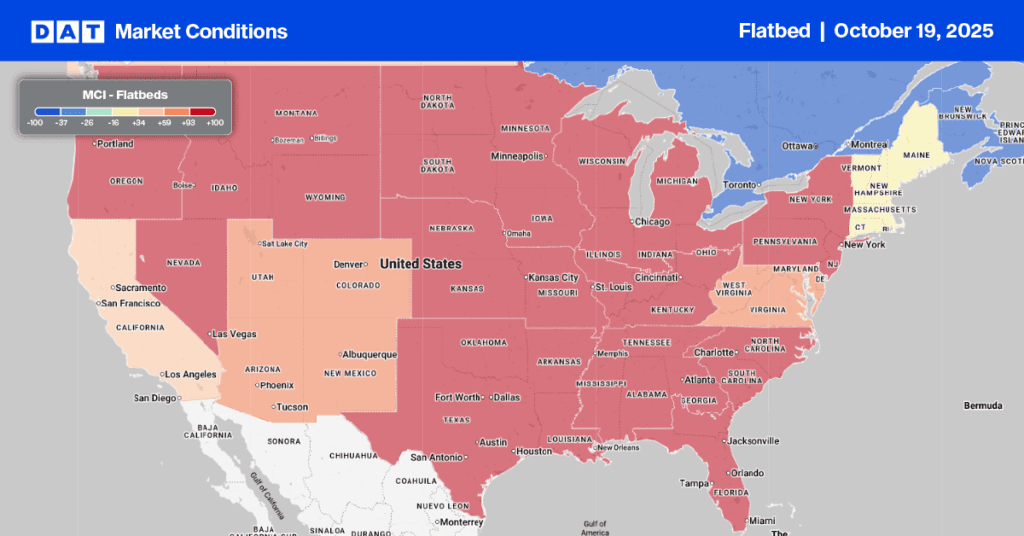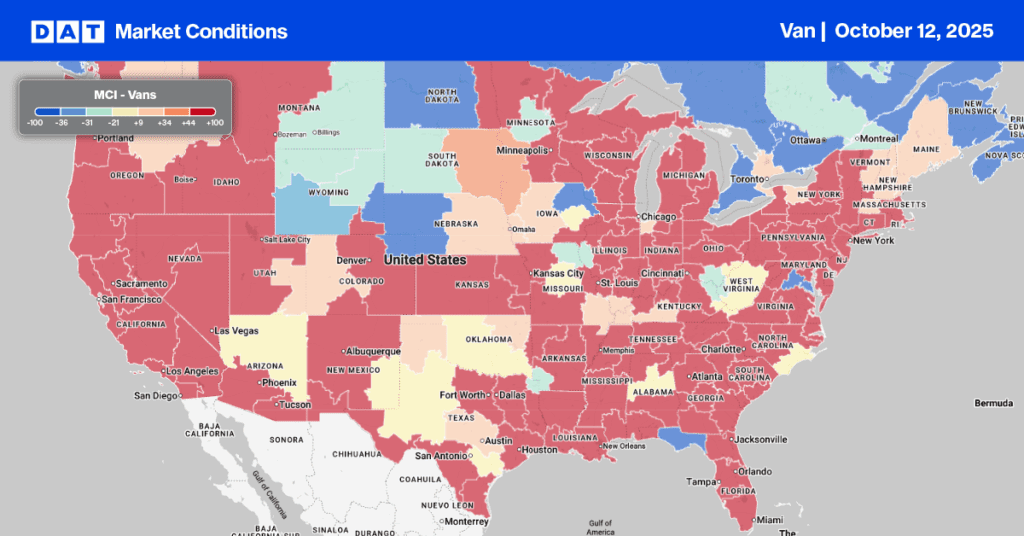On a recent cross-country road trip the entire length of Interstate 80, it was obvious that speed isn’t the issue regarding road safety. From a driver who has 2 million over-the-road miles behind them, it’s not speed that’s the problem; it’s the inappropriate speed for the current conditions. And it’s not linear (i.e., the faster you drive, the riskier you are). My trip across this vast country reminded me that slower, inexperienced truckers and passenger car drivers are just as dangerous, even more so in many cases.
It’s entirely appropriate to run 75 mph on 1-95 in Northern Maine or 80 mph east of Reno on I-40, but not appropriate through Bangor, ME, or Winnemucca, NV, on the same interstates. Studies show that the more a driver deviates from his or her average speed, the greater the chance of being involved in an accident. When plotted on a chart, analysis of preventable accidents and the speed at impact showed the results to be bathtub shaped rather than a straight line (i.e., slower drivers were equally as risky as faster drivers with a much lower probability of accidents at speed between the two).
According to a Federal Highway Safety Administration (FHWA) report, low-speed drivers are more likely to be involved in accidents than high-speed drivers. The report concluded, “80% of rear-end collisions involving a large truck and a car resulting in a fatality, the passenger vehicle rear-ended the truck”. The Owner-Operator Independent Drivers Association (OOIDA) testified at a recent Capitol Hill hearing, “Studies show that when all traffic flows at the same speed, it’s much safer for everyone,” Lewie Pugh, executive vice president of the Owner-Operator Independent Drivers Association. OOIDA is co-sponsoring a bill introduced by Congressman Josh Brecheen (R-Okla.).
The Deregulating Restrictions on Interstate Vehicles and Eighteen-Wheelers (DRIVE) Act would “prohibit the Administrator of the Federal Motor Carrier Safety Administration from issuing a rule or regulation requiring certain vehicles to be equipped with speed limiting devices, and for other purposes.” OOIDA says that policies and devices that limit speeds for large trucks create unnecessary congestion and dangerous speed differentials among vehicles, which lead to higher accident involvement rates.
“Studies and research have already proven what we were all taught long ago in driver’s ed classes, that traffic is safest when vehicles all travel at the same relative speed. Limiting trucks to speeds below the flow of traffic increases interactions between vehicles which can lead to more crashes,” said OOIDA President Todd Spencer.
The Brecheen bill is understandably getting a lot of pushback from the proponents of speed limiters, who are coincidentally the same group who championed the introduction of the ELD Mandate. Before we go too far down this road, let’s first answer the question about why the ELD Mandate hasn’t delivered the safety results touted in 2017 before imposing more burdensome and unsafe regulations.
Remember: you can be 100% compliant with hours of service regulations and sound asleep at the wheel simultaneously. Regulations alone won’t make roads any safer. In fact, they can make things worse, as we’ve already seen with the ELD Mandate. Speed limiters for all trucks will have the same outcome.


